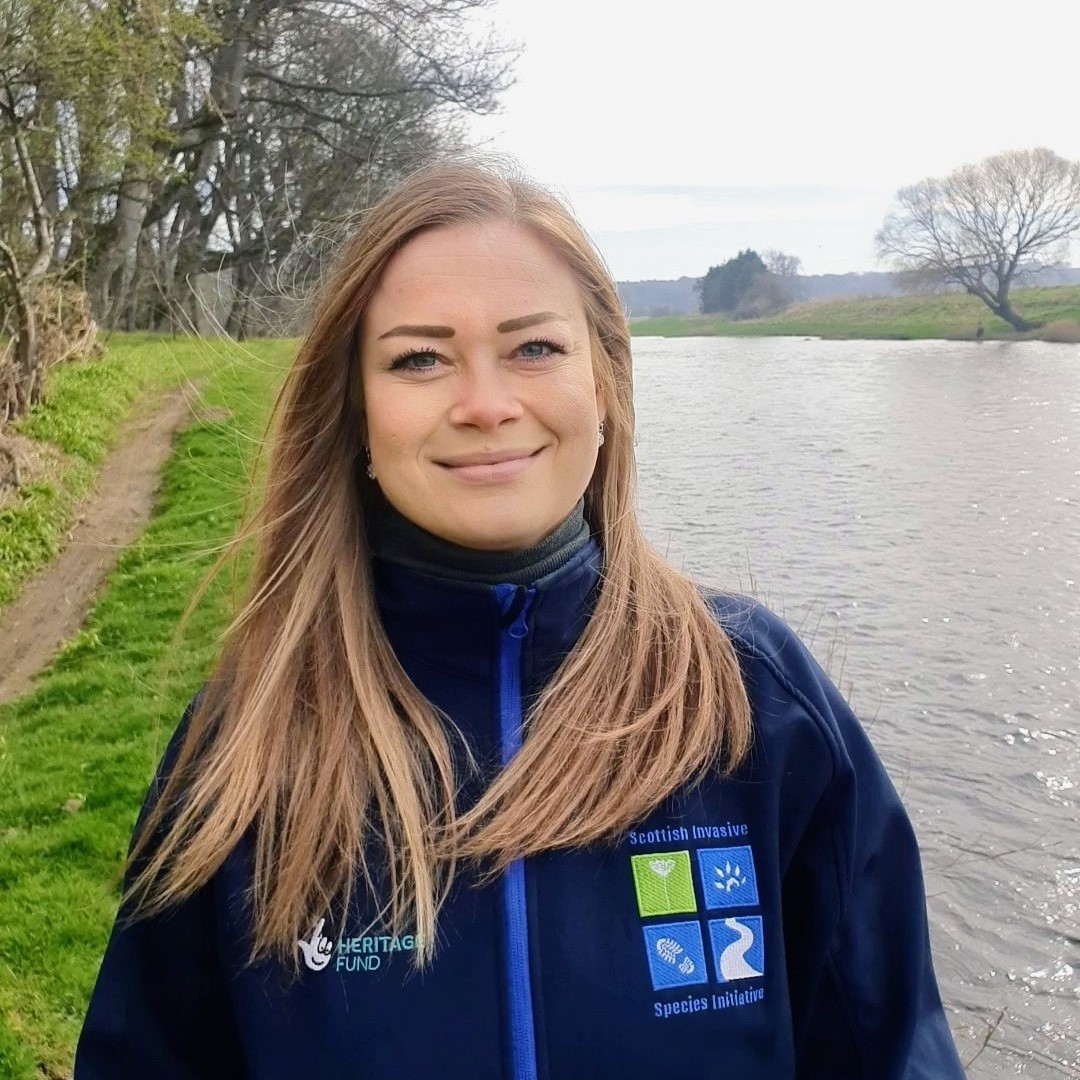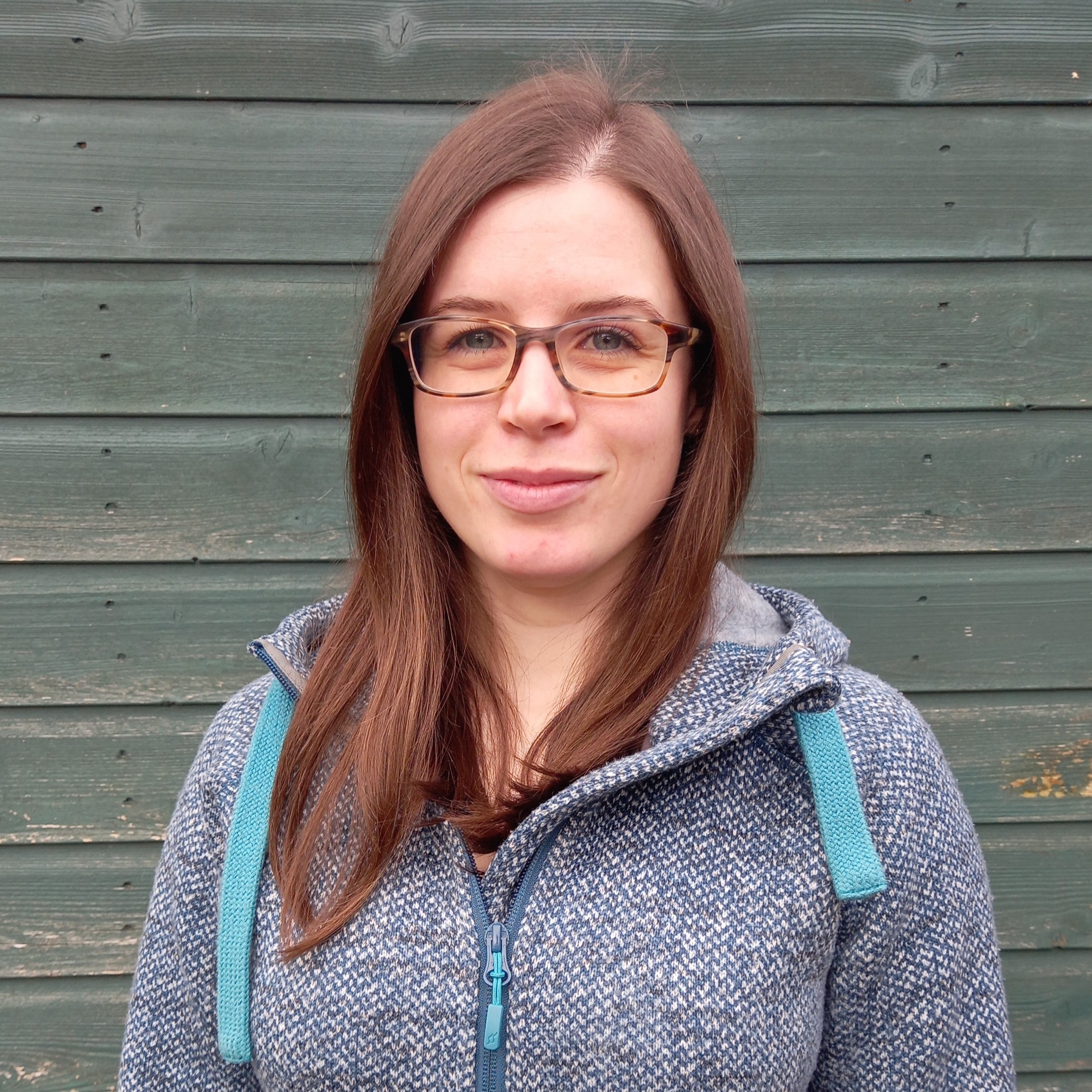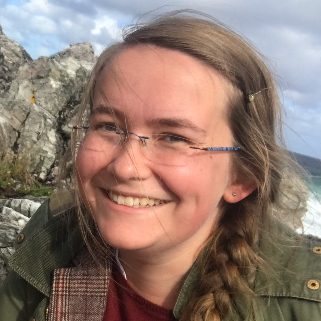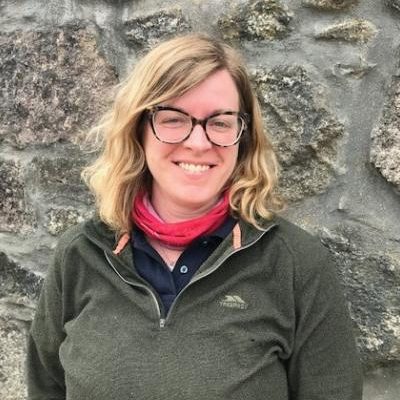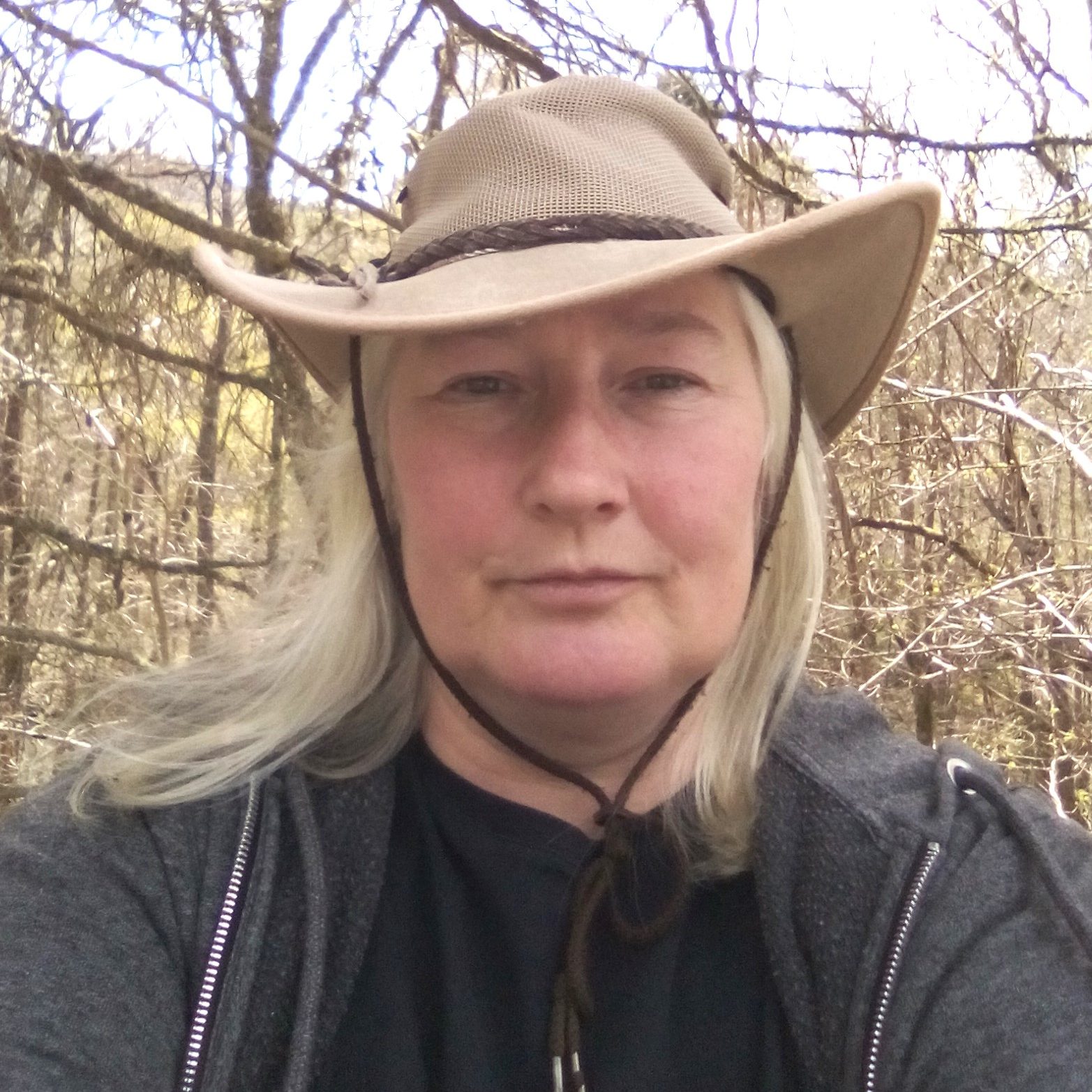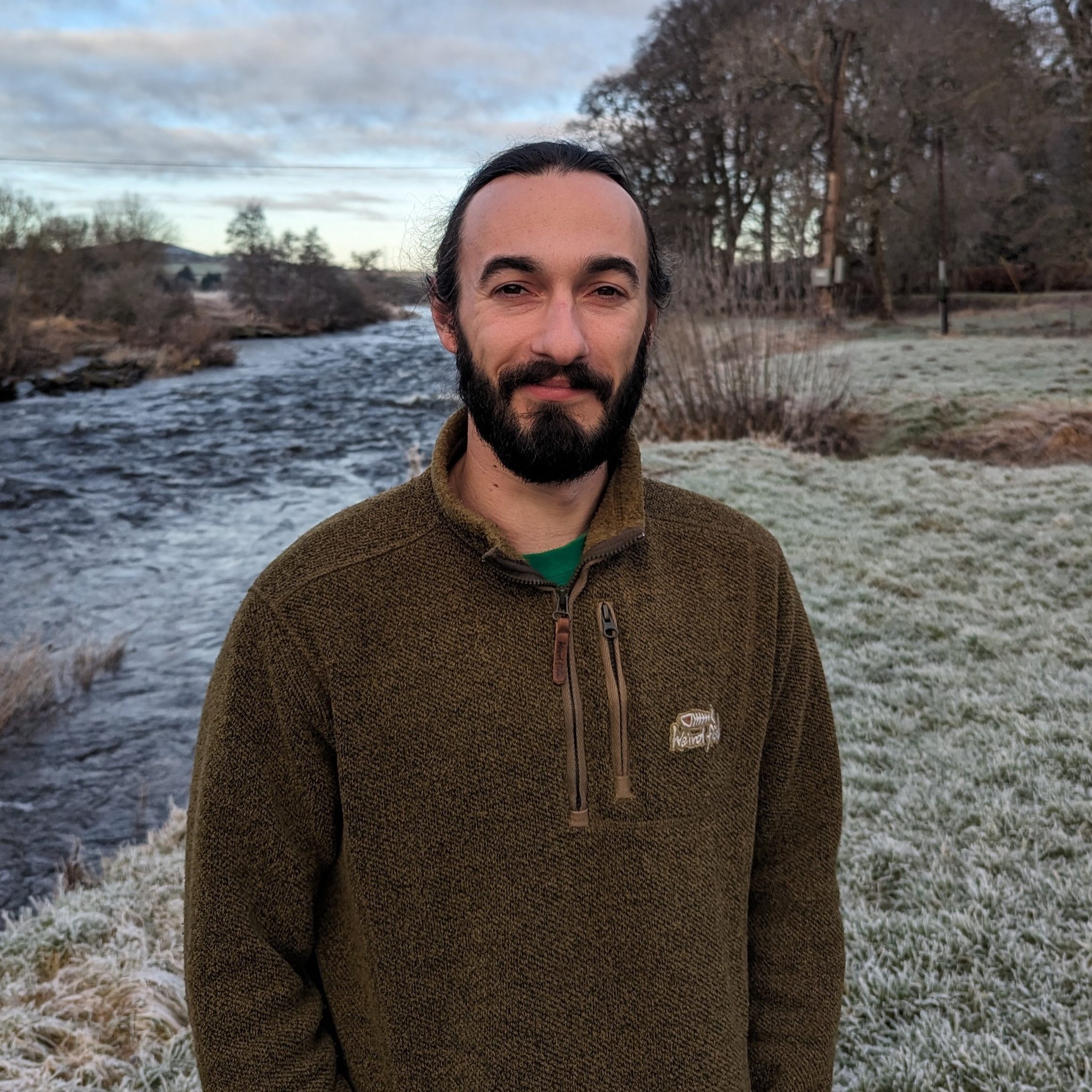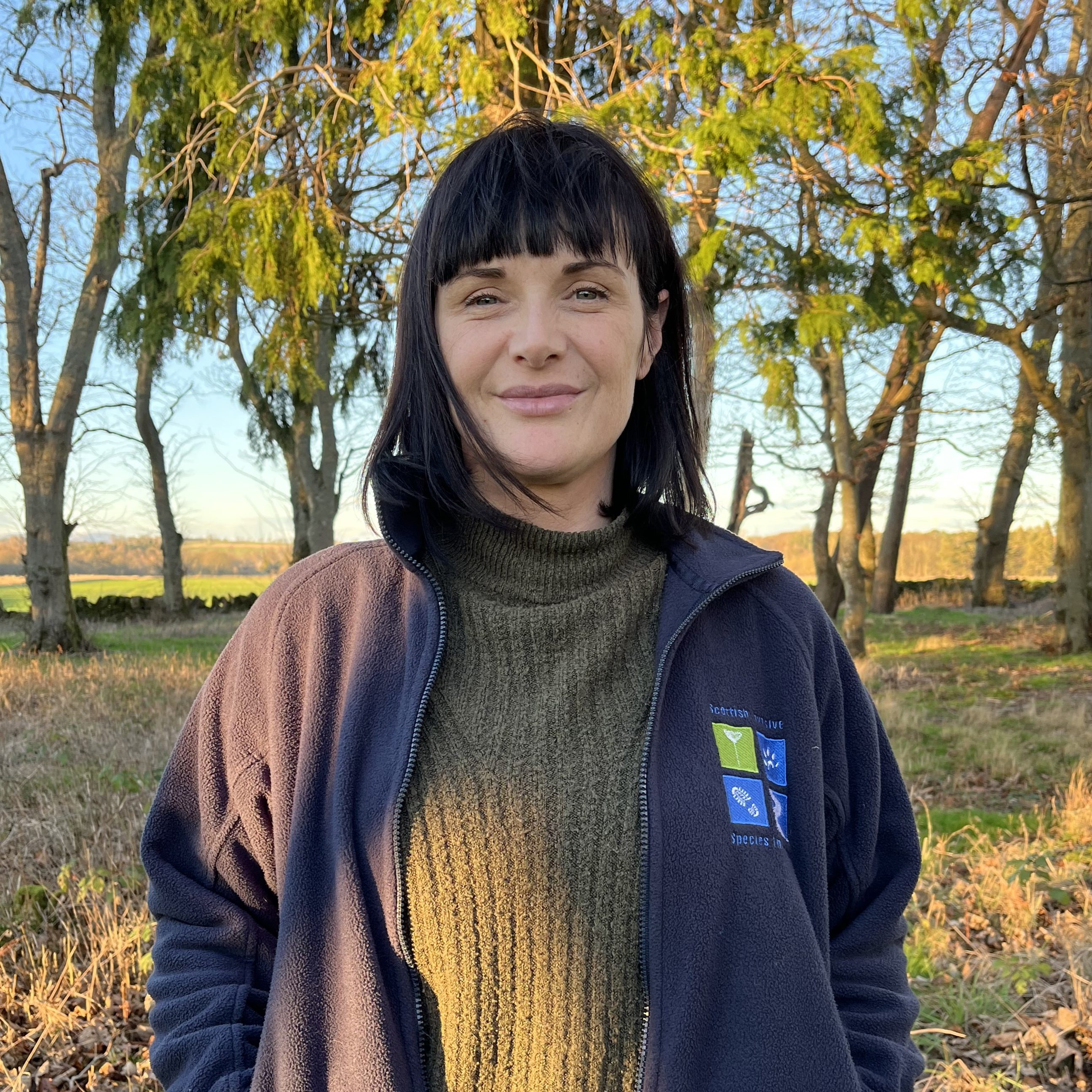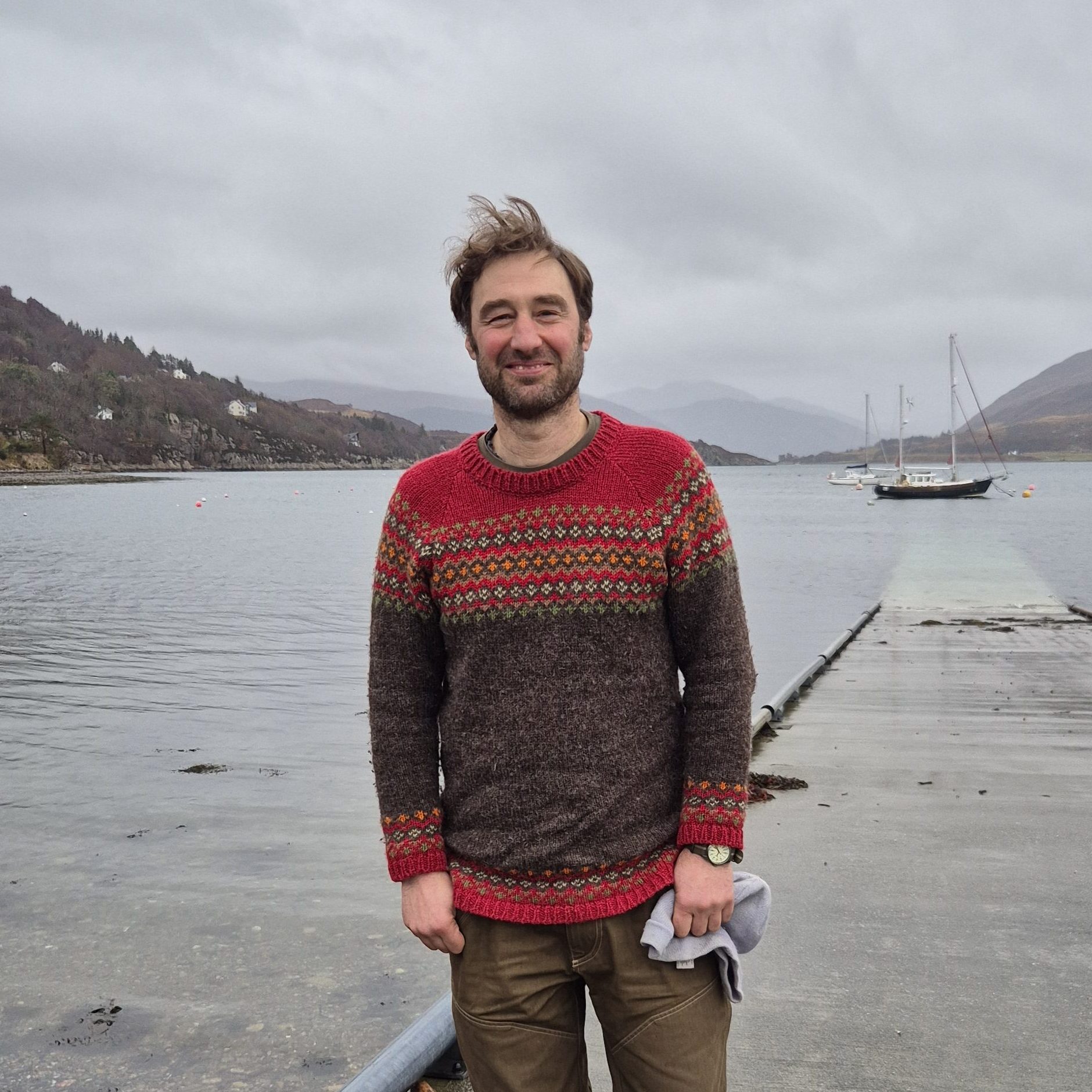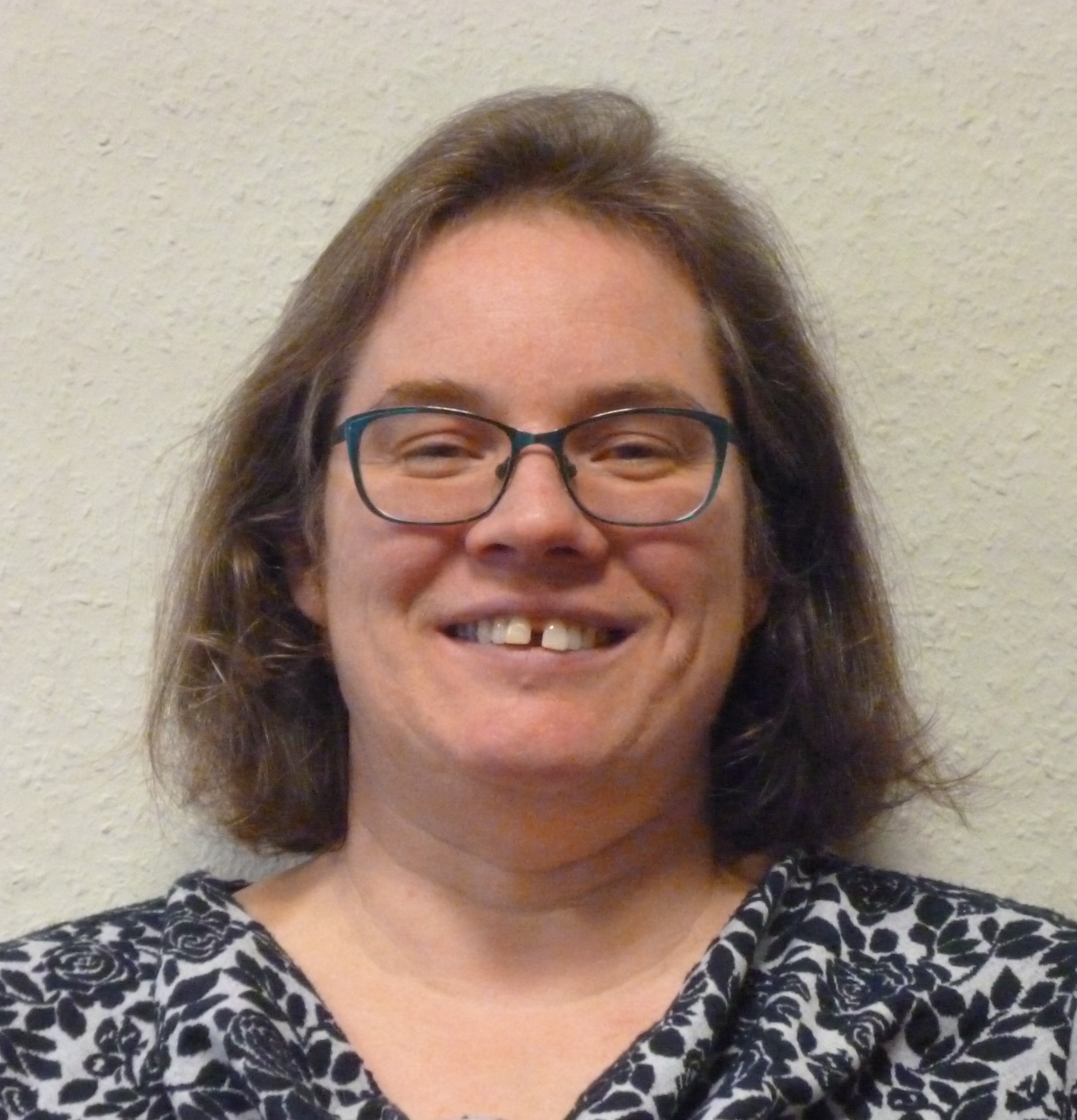Our team
Meet the hard working individuals dedicated to delivering the project - our area-based officers and behind-the-scenes team.
Meet the team
We employ a team of eleven full time and one part time staff, based with our partner organisations and NatureScot. Our team work alongside the staff of local fisheries and rivers trusts and boards who have time allocated to the project.
Project officers are area based and primarily lead and co-ordinate our invasive species management work with volunteers, land managers and community groups. They also give talks, visit schools, and attend local events to raise awareness of the project. You can find your local contact below.
In areas with no project officer our activities are led by the relevant fishery or river trust or board staff.
For general or media enquiries contact us on: sisi@nature.scot



